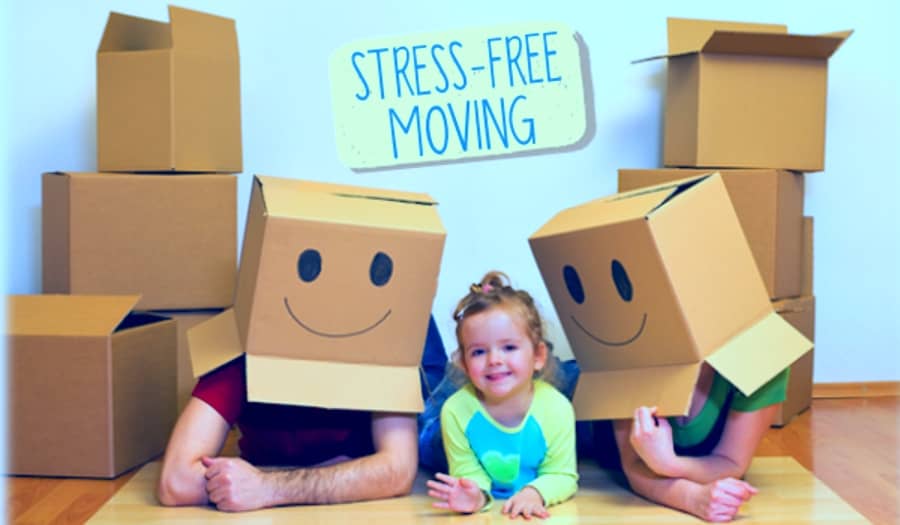Moving to a new home or location is a significant life event that elicits a mix of emotions, ranging from excitement to stress. The psychological journey of moving involves not only physical logistics but also intricate emotional processes. Understanding the psychology behind moving can help individuals navigate this transition with minimized stress and maximized excitement. In this blog post, we delve into the various psychological aspects of moving and provide practical strategies to ensure a smoother and more positive experience.
Embracing Change and Anticipating Excitement
Moving presents an opportunity for change, growth, and new beginnings. Often, the excitement that accompanies moving stems from the anticipation of novel experiences, new friendships, and fresh surroundings. Embracing change as a natural part of life can help shift the perspective from focusing solely on the challenges to recognizing the potential for personal growth and development.
Managing Emotional Attachment to the Current Home
One of the most emotional aspects of moving is leaving behind a home filled with memories and attachments. Overcoming the sentimental value of a place can be tough, but viewing the new location as a canvas for creating new memories can help ease the emotional burden. Photographs, keepsakes, and even virtual tours of the old home can act as bridges between the past and the present, allowing for a smoother transition.
Addressing the Fear of the Unknown
The fear of the unknown can trigger anxiety during the moving process. Not knowing how the new environment will affect one’s daily life, routines, and relationships can be daunting. Combatting this fear involves researching and familiarizing oneself with the new location, its amenities, and its community. Engaging in virtual tours, reading about local attractions, and connecting with residents through online forums can provide valuable insights and lessen the fear of stepping into the unfamiliar.
Creating a Sense of Control
Moving often brings a sense of upheaval, as individuals relinquish control over their current routines and surroundings. Regaining a sense of control can be achieved by meticulously planning the moving process. Creating a detailed checklist, setting up a timeline, and organizing tasks can help restore a feeling of order and stability. Breaking down the tasks into smaller, manageable steps makes the process less overwhelming and instils a sense of accomplishment.
Managing Stress through Mindfulness
Mindfulness and meditation techniques can serve as powerful tools to manage stress during the moving process. Practising mindfulness helps individuals stay present, focusing their attention on the tasks at hand rather than getting lost in worries about the future. Simple breathing exercises, short meditation sessions, and conscious awareness of emotions can effectively reduce stress levels and promote a more positive outlook.
Seeking Social Support
Moving doesn’t have to be a solo journey. Seeking support from friends, family, and even professional moving services can alleviate the burden of the transition. Sharing concerns and emotions with loved ones can provide a sense of relief, and involving them in the moving process can turn it into a collaborative and bonding experience.
Visualizing the Positive Outcome
Visualization is a technique often used to enhance motivation and positivity. Before the move, take time to visualize the positive aspects of the new environment, envisioning the opportunities it holds. Positive visualization can act as a powerful tool to counteract negative thoughts and fuel excitement for the upcoming change.
Fostering Resilience
Moving is an opportunity to develop resilience – the ability to adapt and bounce back from challenges. Embracing the challenges that come with moving as learning experiences can help build emotional resilience. Every difficulty overcome becomes a stepping stone toward personal growth, making the journey itself a rewarding process.
The psychology of moving is a complex interplay of emotions, expectations, and coping mechanisms. By understanding and addressing the emotional aspects of moving, individuals can transform what might initially be perceived as a stressful ordeal into an exciting adventure. Through embracing change, managing attachments, conquering fears, maintaining a sense of control, practising mindfulness, seeking support, visualizing positivity, and fostering resilience, moving becomes an opportunity for personal growth and a positive transition to a new chapter in life. With the right mindset and strategies, moving can indeed be a transformative and enriching experience.




